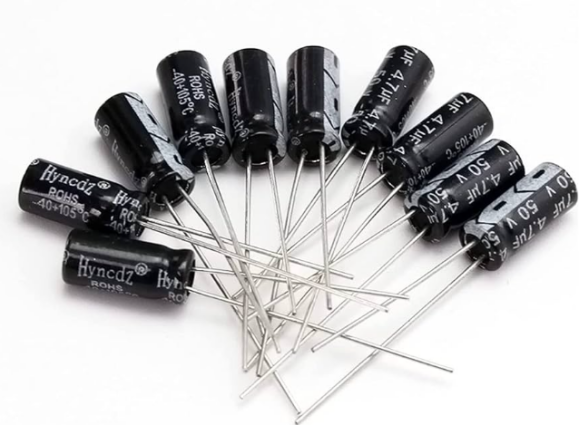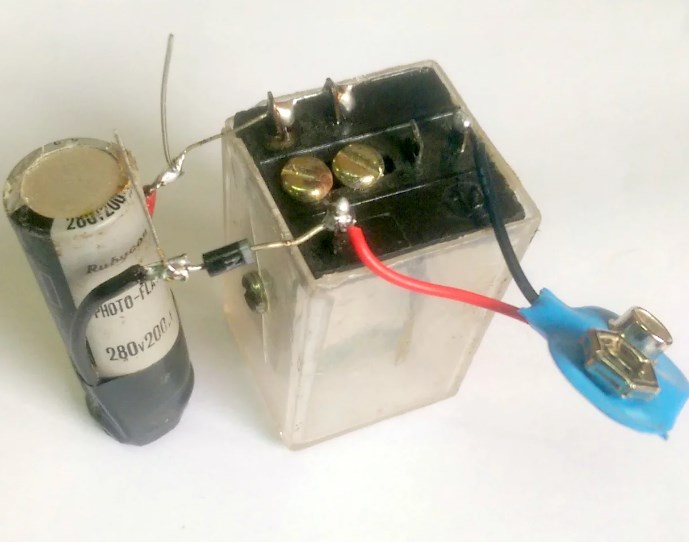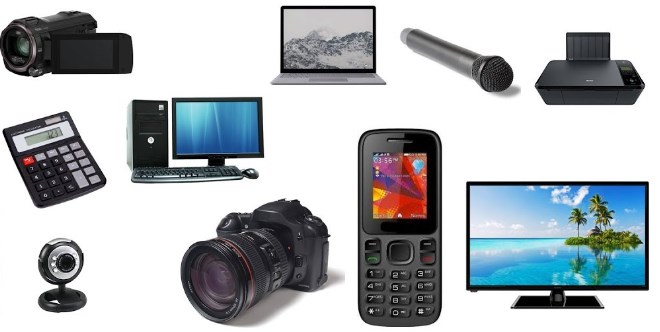OUTLINE:
How does capacitor store and release charge?
 496
496Capacitors are fundamental electronic components that store and release electrical energy. Found in a myriad of devices and systems, from simple circuits to advanced electronics, capacitors play a vital role in stabilizing power supplies, filtering noise, and enabling various functions.
What are Capacitors
A capacitor is a passive two-terminal component consisting of two conductive plates separated by a dielectric material. The conductive plates, typically made of metal or foil, accumulate and store electrical charge during operation. The dielectric material, which can be ceramic, plastic, or electrolyte, provides insulation and prevents direct contact between the plates.

Charge Storage: Capacitance and Voltage
The ability of a capacitor to store electrical charge is defined by its capacitance. Capacitance is a measure of the capacitor's ability to accumulate charge per unit voltage. It depends on factors such as the size of the plates, the distance between them, and the properties of the dielectric material. Capacitance is measured in farads (F), with smaller capacitors typically measured in microfarads (μF) or picofarads (pF).
Charging a Capacitor
When a voltage source is connected across the terminals of a capacitor, the capacitor starts to charge. Electrons accumulate on one plate, creating a surplus of negative charge, while an equal amount of positive charge is depleted from the other plate. This charge separation creates an electric field within the dielectric, storing energy in the capacitor.

Discharging a Capacitor
When the voltage source is disconnected, the stored energy in the capacitor can be released. The capacitor begins to discharge, as the accumulated charge redistributes itself across the plates. The released energy can be utilized to power other components, drive circuits, or perform various functions within the system.
Time Constant and Charge/Discharge Rates
The rate at which a capacitor charges and discharges is determined by its time constant, which is the product of capacitance and the resistance in the circuit. A higher capacitance or lower resistance results in slower charge and discharge rates, while a lower capacitance or higher resistance leads to faster charge and discharge.
Types of Capacitors
Capacitors come in various types, each with its own characteristics and applications. Some common types include ceramic capacitors, electrolytic capacitors, tantalum capacitors, film capacitors, and supercapacitors. Each type has specific properties in terms of capacitance range, voltage rating, temperature stability, and frequency response.

Applications of Capacitors
Capacitors find extensive application in electronics. They are used for energy storage in power supplies, noise filtering in audio systems, timing and oscillation in timing circuits, motor starting and power factor correction in AC circuits, and decoupling to stabilize voltage levels. Capacitors are also crucial in electronic devices such as smartphones, computers, televisions, and automotive systems.

Capacitor Considerations
When selecting capacitors for specific applications, factors like capacitance value, voltage rating, temperature range, tolerance, and size must be considered. Capacitor characteristics should match the requirements of the circuit to ensure optimal performance and reliability.
Capacitors are indispensable components that enable charge storage and release in electronic systems. Through their construction and working principles, capacitors provide vital functions in various applications, from power stabilization to signal filtering. Understanding the fundamentals of capacitors empowers engineers and enthusiasts to harness their power, driving innovation and creating efficient electronic designs.
Capacitors at Chipsmall.

Disclaimer: The views and opinions expressed by individual authors or forum participants on this website do not represent the views and opinions of Chipsmall, nor do they represent Chipsmall's official policy.

share this blog to:

